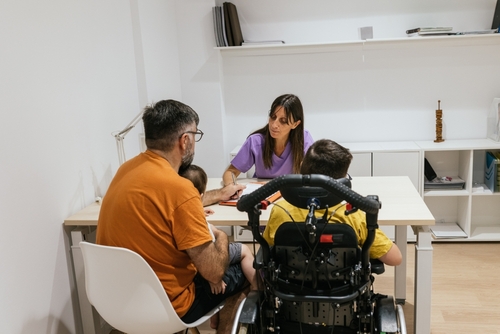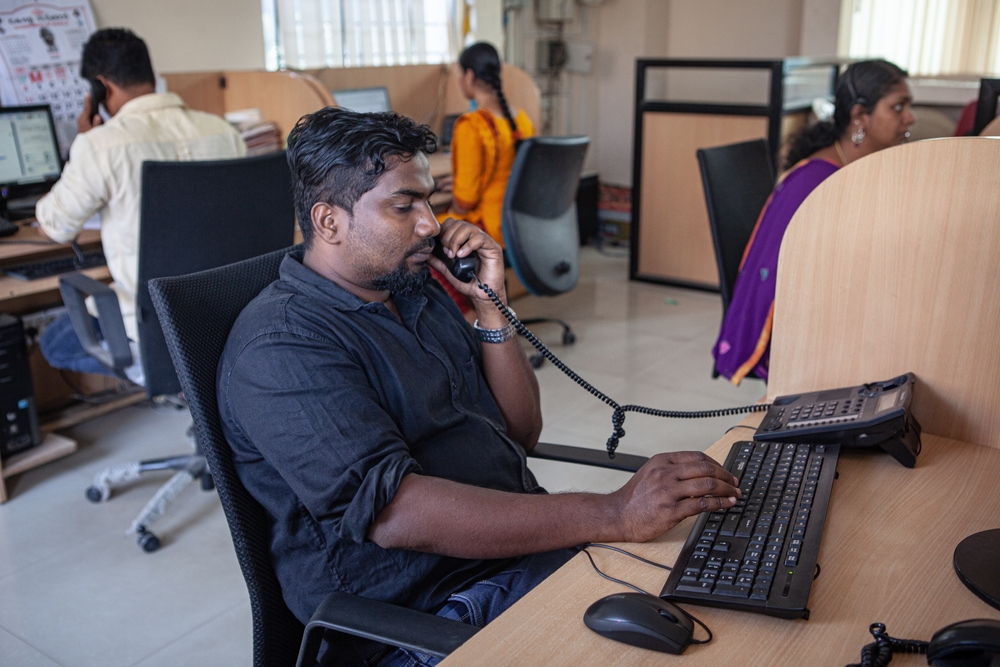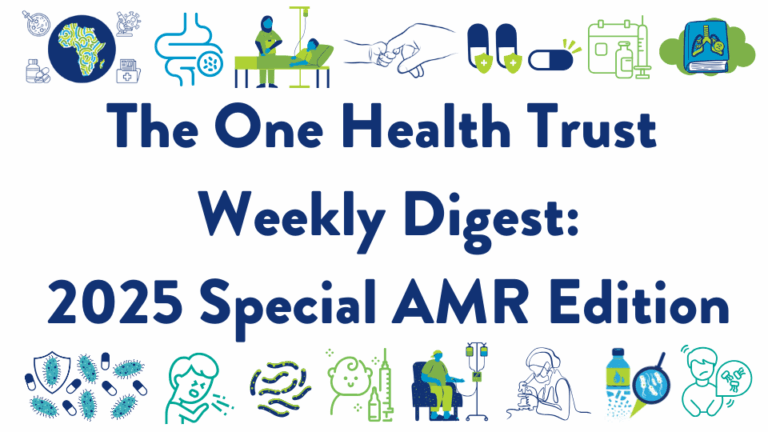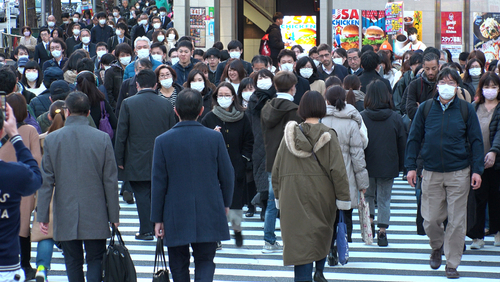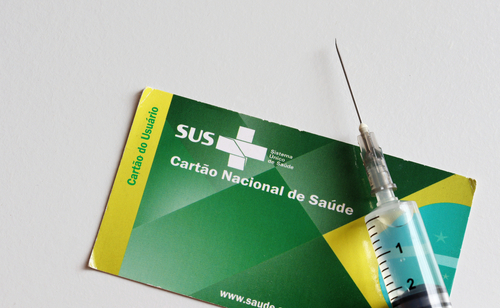June 01, 2021
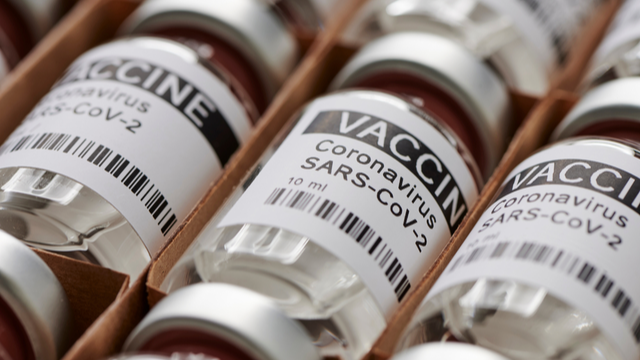
High levels of antibiotic resistance among COVID-19 patients in Indian hospitals. Researchers from the Indian Council of Medical Research conducted a retrospective study to investigate the prevalence of secondary infections (SIs) and clinical outcomes among hospitalized COVID-19 patients in ten hospitals in India. Of the 17,534 admitted patients, 3.6% developed secondary bacterial or fungal infections and had significantly higher mortality (56.7%) than the overall mortality of admitted COVID-19 patients (10.6%). Klebsiella pneumoniae (29%) and Acinetobacter baumannii (21%) were the predominantly isolated pathogens with high levels of carbapenem resistance (92.6% and 72.8%), respectively. These findings underscore the need for extra cautions for infection control and antimicrobial stewardship practices to prevent the spread of drug-resistant infections among highly vulnerable groups of the population. [Infection and Drug Resistance]
Face masks effectively limit the probability of SARS-CoV-2 transmission. Wearing face masks has constituted an essential non-pharmaceutical protective measure during the COVID-19 pandemic. Researchers at the Max Planck Institute in Germany and Jinan University in China devised a mathematical model to determine the efficacy of face masks in lowering the transmission of various airborne pathogens. Overall, masks significantly reduced transmission when airborne pathogen concentrations were relatively low but became less effective as concentrations increased until reaching a plateau, beyond which the masks offered no protection. In the context of SARS-CoV-2, most environments (with some exceptions, such as medical centers treating COVID-19 patients) are in a virus-limited regime, which explains the masks’ efficacy in reducing transmission. Other interventions such as good ventilation and social distancing only help to increase their effectiveness. [Science]
COVID-19 in Africa. As of December 31, 2020, there were over 2.7 million confirmed COVID-19 cases and 65,000 deaths across all 55 Africa Union member states, accounting for 3.4% and 3.6% of global cases and deaths, respectively. Nine countries, including South Africa (38.3%), Morocco (15.9%), Tunisia (5.1%), Egypt (5.0%), Ethiopia (4.5%), and Libya (3.6%), accounted for more than 80% of cases. The peak of the first wave in Africa was in July; however, by December 31, 2020, 40 (73%) countries had or were experiencing their second wave. Of the 50 Member States, 48 (96%) had five or more stringent public health and social measures in place by April 15, 2020, but this number had decreased to 36 (72%) as of December 31, 2020, despite an increase in cases in the preceding month. The African continent had a more severe second wave of the COVID-19 pandemic than the first.[Lancet]
Africa remains vulnerable if COVID-19 Cases surge due to limited available resources. The COVID-19 pandemic continues to highlight health inequities as countries in high-resource settings are moving beyond the pandemic. In contrast, regions with limited resources continue to have high transmission and mortality rates. The African COVID-19 Critical Care Outcomes Study (ACCCOS) monitors the management of critically ill patients across several African nations to identify gaps and vulnerabilities in available healthcare. Their results are stark: for patients admitted to critical care, there is excess mortality of 11–23 deaths per 100 patients compared with the global average. While age and comorbidities (e.g., HIV/AIDS, chronic liver disease, and chronic kidney disease) were independent factors that increased COVID-19 mortality, limited resources, especially admission delays due to bed or staff shortages, also increased COVID-19 mortality. [The Lancet]
COVID-19 infection among fully vaccinated persons. According to the US Centers for Disease Control and Prevention, a total of 10,262 SARS-CoV-2 vaccine breakthrough infections, defined as symptomatic and asymptotic COVID-19 infections in fully vaccinated persons, have been reported from 46 states and territories as of April 30, 2021. Of those, 63% of infections occurred among females, 27% were asymptomatic cases, while 10% of persons infected after vaccination were hospitalized, and 2% of patients died. However, these data may not be complete or representative, as it is passively and voluntarily reported to the national surveillance system. [MMWR]
Mix-and-match COVID-19 vaccines trigger a potent immune response. With safety concerns around the AstraZeneca COVID-19 vaccine, several European countries have already started recommending people who received a first dose of the AstraZeneca ‘adenovirus’ vaccine get an mRNA vaccine for their second dose (Pfizer or Moderna). Preliminary results from a trial in Spain show the benefits of combining AstraZeneca and Pfizer vaccines. Of the 663 participants who received the first dose of AstraZeneca, two-thirds were randomly selected to receive a Pfizer booster eight weeks after their first shot. Those in the control group (n=232) were not yet to receive a booster. Participants who received the Pfizer booster seemed to have more robust immune responses than people who receive two AstraZeneca shots, while antibody levels of control participants did not change, indicating that mixing of different vaccines, a strategy known as ‘heterologous prime and boost’ could trigger a potent immune response. [Nature]
Zika virus vaccine candidate selected for further clinical development. Researchers at Takeda Vaccines assessed the safety and immunogenicity of three doses of an inactivated Zika virus vaccine candidate (TAK-426) in a randomized, placebo-controlled phase 1 trial at seven medical clinics in the United States and Puerto Rico. Between Nov. 2017 and Oct. 2018, 271 participants were randomly administered: placebo, TAK-426 containing 2 μg, 5 μg, or 10 μg antigen. Safety, tolerability, and immunogenicity were assessed based on solicited local reactions and adverse events within seven days after each dose, unsolicited adverse events within 28 days, and genomic mean titers (GMTs) of antibodies 28 days after the second dose. The vaccine was well-tolerated by the flavivirus-naïve and flavivirus-primed participants with no reporting of deaths or serious adverse events. Immune responses were significantly greater in the 10 μg TAK-426 group, a dose subsequently selected for further clinical development. [Lancet Infectious Diseases]
Hospital use of the Surgical Safety Checklist associated with reductions in surgical site infections, AMR, and in-hospital mortality. In 2010, a 600 bed, private tertiary care hospital in Brazil implemented a Surgical Safety Program following the WHO Surgical Safety Checklist. A case-control study was conducted using surgical patient data from January 2006 to December 2014, where patients with surgical site infections (SSI) were matched with similar surgical patients who did not develop SSIs as controls. Antimicrobial resistance (AMR) was analyzed using cultures and antimicrobial susceptibility tests. A total of 1,025 pairs of patients were studied, with 486 of these prior to the Surgical Safety Program implementation and 539 pairs following the introduction of the program. Use of the Surgical Safety Checklist was associated with a 67% reduction in the likelihood of developing an SSI. Following the introduction of the checklist, rates of AMR decreased from 90.7% to 73.9%, suggesting that the Surgical Safety Checklist can help reduce SSIs and resistant infections. [The Journal of Hospital Infection]
Model finds two-dose hepatitis B vaccine to be cost-effective compared to a similar 3-dose vaccine. Although multiple preventative hepatitis B vaccines are available, low completion rates persist for traditional 3-dose series vaccines. A 2-dose hepatitis B vaccine approved in 2017 presents a promising alternative, with a safety profile comparable to 3-dose vaccines. Researchers analyzed the cost-effectiveness of a 2-dose hepatitis B vaccine (HEPLISAV-B) compared with a 3-dose vaccine (Engerix-B) in adult patients with diabetes, chronic liver or kidney disease, end-stage renal disease, healthcare personnel, and travelers to countries with endemic hepatitis B. HEPLISAV-B was found to have favorable cost-effectiveness profiles for patients with diabetes or chronic liver disease, healthcare personnel, and travelers. However, the cost-effectiveness of the vaccine was sensitive to starting age, underlining the necessity of early vaccination in at-risk populations. [Vaccine]
Cost-saving and lack of confidence in healthcare system quality drive over-the-counter purchasing of antibiotics in Nepal. In collaboration with other international institutions, researchers from Mahidol University in Bangkok used qualitative research methods (semi-structured interviews and focus group discussions) to investigate factors that drive over-the-counter (OTC) sales of antibiotics in Nepal. The findings showed that drug shops were the primary health service contact the patients engaged with. Cost and time saving (bypassing the formal healthcare services) was considered the main driver for OTC. In addition to costs and time, barriers to engaging with formal healthcare services were the complexities of navigating the various hospital departments and lack of confidence in the healthcare quality. [BMJ Global Health]
Photo: Shutterstock



